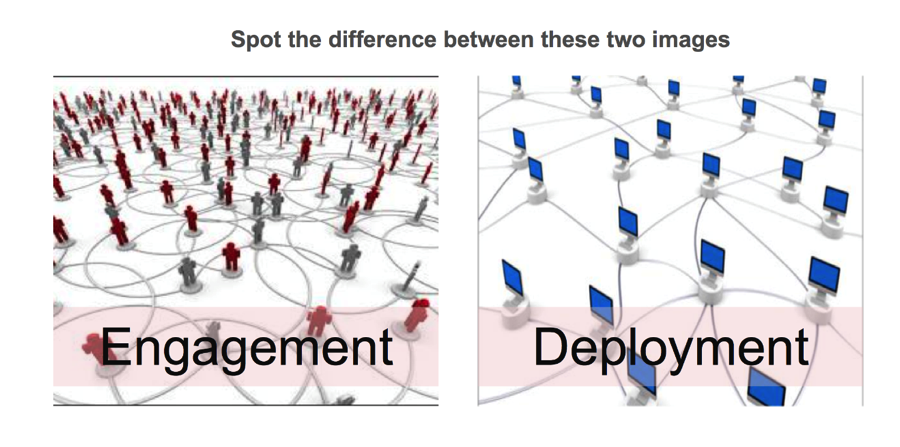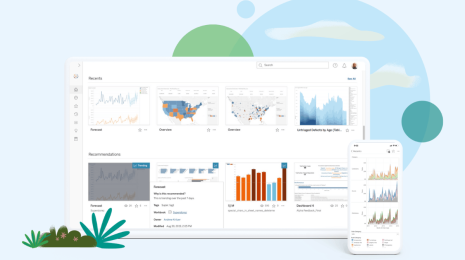With Cloud Analytics, People—Not Technology—Are the Focus

Most people understand the value and benefits of cloud as a deployment model. These include increased agility and efficiency of hardware resources, elasticity, metering, and lower cost. But cloud analytics solutions have evolved further to provide new drivers of business value–namely helping businesses become more integral and responsive to their customers’ needs.
A few weeks ago, I moderated a webinar on the evolution of cloud analytics with Ovum analytics lead Surya Mukherjee. We discussed how modern cloud analytics providers like Tableau have dispelled end-user anxieties about the cloud like security and data federation, and have taken cloud analytics from just another deployment option to an engagement model.
Three main trends drove this change. First, visual analytics and data exploration have become the primary model for business analytics. Second, data used for analysis has become more distributed, both inside and outside the firewall. Third, the cloud is increasingly becoming the most viable way to analyze this data at scale.
Several years ago, the most common cloud use cases were for small and mid-sized businesses without a dedicated IT department, for rapid proofs of concept or ephemeral projects, for data that no one cared about, for shadow IT, or for small projects that otherwise couldn't meet the standards for resources. Vendors back then paid lip service to the cloud by calling it just one of the many deployment models they supported.
Today, however, the cloud enables businesses to engage with customers more often and in a personalized way at scale. It is the fastest-growing engagement model.
Under the deployment mindset, enterprises worried about how a certain solution would deploy in their environment. That made technology the focus. The engagement mindset, on the other hand, makes people the focus. Because the cloud is agile and adaptive, it allows enterprises to be much more responsive to customers and the business overall.
“It’s fast, and it can do whatever you want it to do,” says Surya. “You have to think of it as a medium to enable you to reach more customers, do the things you want, do them faster, reach markets faster. So it really becomes business intelligence. It’s no longer just a deployment model.”

The cloud is still great for small and mid-sized businesses, and even better for enterprises who want to move faster than the traditional provisioning timeframe. It solves the accessibility problem and enables new access through mobile form factors like tablets and phones. And documented customer case studies show higher ROI than traditional deployment models, too.
The bottom line is the cloud has helped many businesses analyze their data at the source. Just as big data and Hadoop changed the paradigm from bringing data to compute, to bringing compute to data, so has cloud helped businesses move closer to their data. It has solved the accessibility problem and laid the foundation for a new era of mobile analytics that Tableau is helping to usher in.
Collaboration is easier than ever with cloud solutions like Tableau Online. And with little IT overhead or support, you can scale almost limitlessly without having to compromise on performance. You also get most of the traditional governance capabilities of Tableau data server like security, data quality and trust, metadata management, and administration (such as managing performance and life cycle management).
If you haven’t yet, try Tableau Online for free.
To hear more from Surya on cloud analytics, check out our webinar.
関連ストーリー
Subscribe to our blog
Tableau の最新情報をメールでお知らせします







